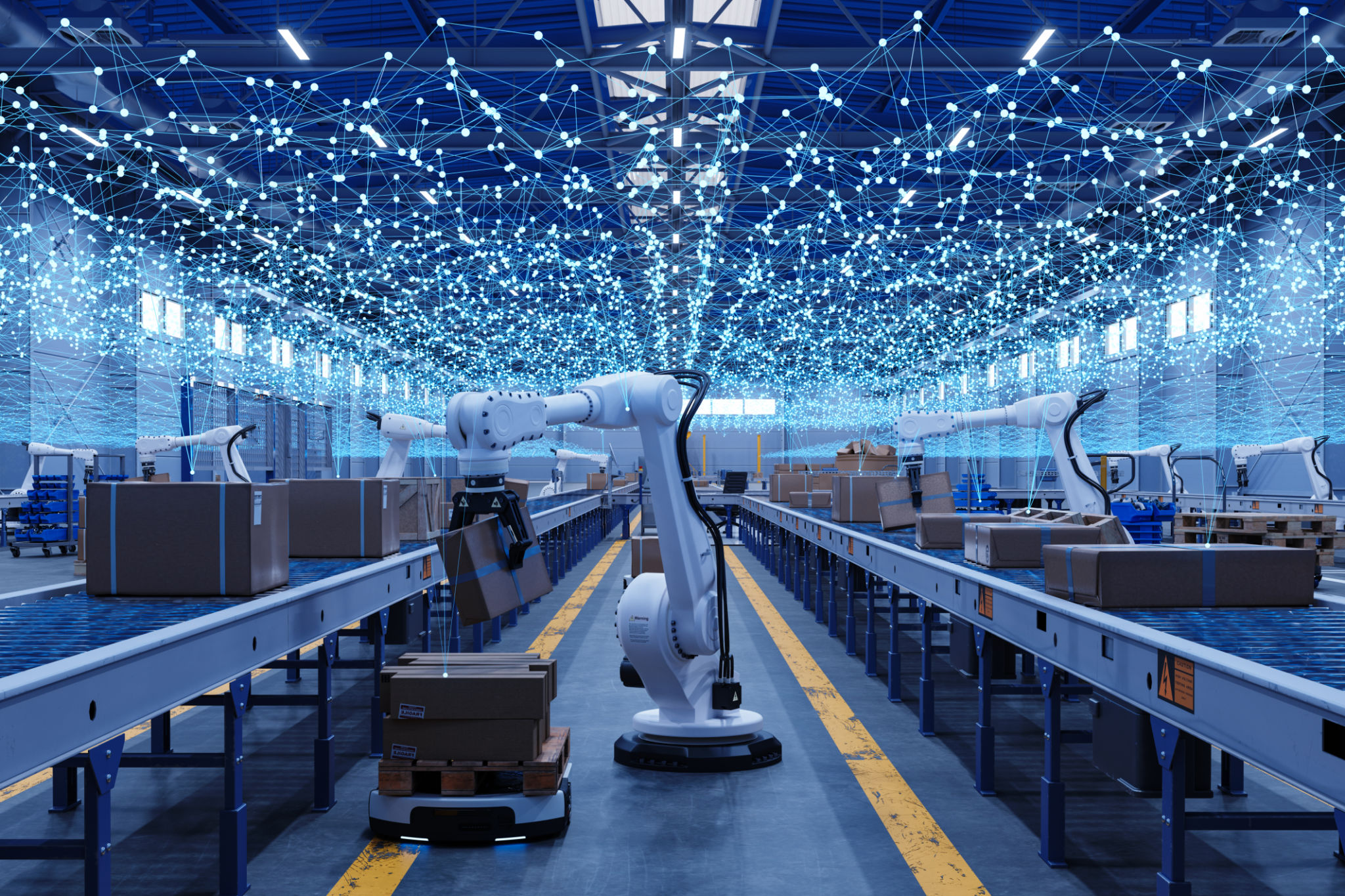Expert Insights: The Future of Smart Technology in Mechanical Design
Revolutionizing Mechanical Design with Smart Technology
As we move further into the digital age, the integration of smart technology in mechanical design is becoming increasingly prevalent. Engineers and designers are leveraging advanced technologies to create more efficient, sustainable, and innovative mechanical systems. From AI-driven design processes to IoT-enabled machinery, the future of mechanical design promises to be transformative.

The Role of Artificial Intelligence in Design
Artificial Intelligence (AI) is rapidly becoming a cornerstone in mechanical design. By utilizing AI algorithms, designers can automate complex calculations and simulations, drastically reducing the time and effort required for product development. Furthermore, AI can analyze vast amounts of data to identify optimal design solutions that might be overlooked by human engineers.
One of the most significant benefits of AI in design is its ability to enhance precision. AI-driven tools can predict potential design flaws and suggest modifications before the prototyping stage, saving both time and resources. As AI continues to evolve, we can expect even more sophisticated applications in mechanical design.
Internet of Things: Connecting Machinery
The Internet of Things (IoT) is another game-changer in mechanical design. By embedding sensors and connectivity into machinery, designers can create systems that communicate in real-time. This connectivity allows for predictive maintenance, efficiency monitoring, and seamless integration with other systems.
IoT-enabled machinery provides continuous feedback and data analytics, which can be used to optimize performance and reduce downtime. This not only enhances the longevity of the equipment but also contributes to more sustainable practices by minimizing waste and energy consumption.

3D Printing: Shaping the Future
3D printing is revolutionizing how mechanical components are designed and manufactured. This technology allows for rapid prototyping, enabling designers to test and iterate designs quickly. Moreover, 3D printing supports the creation of complex geometries that would be challenging or impossible to produce using traditional methods.
The ability to print parts on-demand also reduces the need for large inventories and enables more customized solutions. As materials science advances, we can expect 3D printing to play an even more significant role in mechanical design.
Embracing Sustainable Design Practices
With growing environmental concerns, the demand for sustainable mechanical design is higher than ever. Smart technology is paving the way for greener solutions by optimizing resource use and minimizing waste. Designers are increasingly focusing on creating energy-efficient systems that align with environmental goals.

Incorporating renewable energy sources, such as solar or wind power, into mechanical systems is becoming more feasible with smart technology. Moreover, lifecycle analysis tools help designers understand the environmental impact of their designs from conception through disposal.
The Path Forward: Challenges and Opportunities
While the future of smart technology in mechanical design is promising, it also presents challenges. Cybersecurity concerns, data privacy issues, and the need for skilled professionals to manage these advanced systems are significant hurdles that must be addressed.
Despite these challenges, the opportunities are vast. The continued integration of smart technology in mechanical design will likely lead to innovations we can only begin to imagine today. As we embrace these technologies, collaboration across industries will be key to unlocking their full potential.